Kids of all ages love easy science experiments you can do with baking soda and vinegar; they are so easy to set up. When baking soda and vinegar combine, you get an incredible chemical reaction everyone will want to do over and over again. Fizzy reactions are a hit with young kids as well as big kids with new concepts to learn each time! Check out our top baking soda and vinegar science experiments for preschool through middle school.
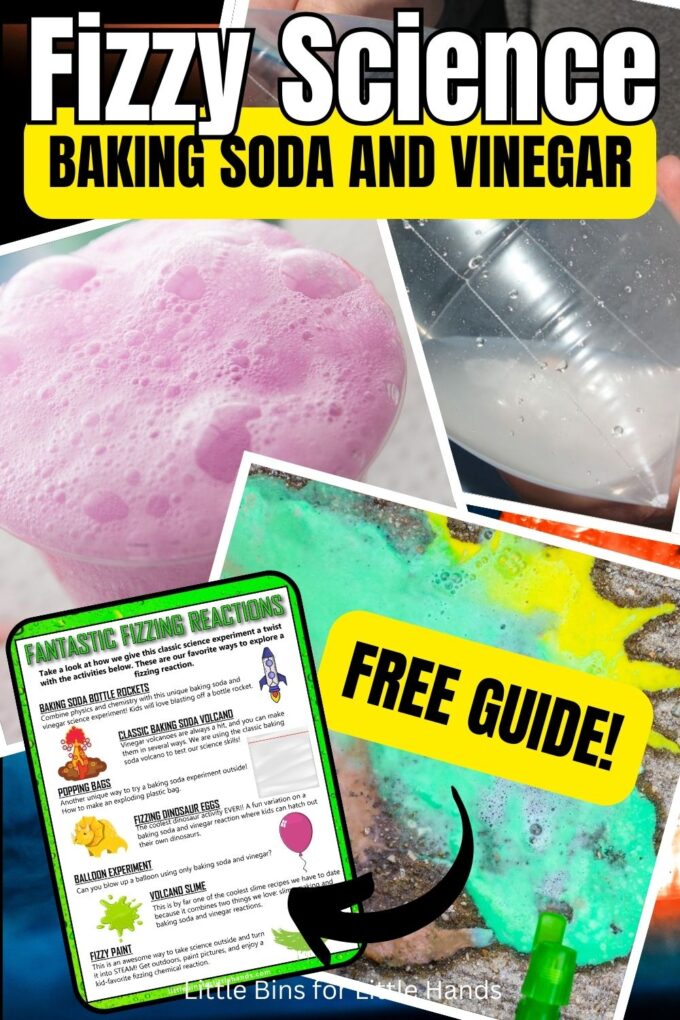
What Makes Baking Soda Fizz?
Baking soda is made up of tiny particles called molecules. Each molecule of baking soda has three different elements: sodium, hydrogen, carbon, and oxygen.
Something exciting happens when baking soda comes into contact with an acid, like vinegar! The acid (vinegar) and the base (baking soda) react. The vinegar donates a hydrogen ion to the baking soda during this reaction.
The hydrogen ion combines with the bicarbonate ion in baking soda to form carbonic acid. This is unstable and quickly breaks into water and carbon dioxide gas.
The carbon dioxide gas is why baking soda starts to fizz and bubble. The gas tries to escape from the mixture, creating bubbles that rise to the surface. These bubbles make a fizzing sound and give the impression of a mini volcano eruption!
So, when you mix baking soda with an acid like vinegar, you get a fantastic fizzy reaction due to the production of carbon dioxide gas. It’s truly an exciting and visually appealing demonstration of a chemical reaction!
You might also like: Cool Chemistry Projects for Kids
Endothermic Reaction
Mixing baking soda and vinegar is an endothermic reaction because the carbonic acid needs to take in energy from its surroundings (the mixture of baking soda and vinegar).
This process of taking in energy is what makes the reaction endothermic. And as it takes energy, it produces carbon dioxide gas, which creates all the exciting fizz and bubbles you see! It’s like a bit of science magic happening right before our eyes!
You might also like: Elephant Toothpaste (Exothermic Reaction)
Try This Easy Baking Soda and Vinegar Experiment
Baking soda and vinegar activities are always a favorite around here, even at age 13! The fizzing chemical reaction is exciting to watch and then do over and over again. Always ensure you have plenty of supplies for these baking soda science experiments. I know they will want to do it over and over again.
Here’s my then 3-year-old son getting ready to explore baking soda and vinegar. Fast forward to 6th grade, and my son presented a much more thorough version as his final science project.
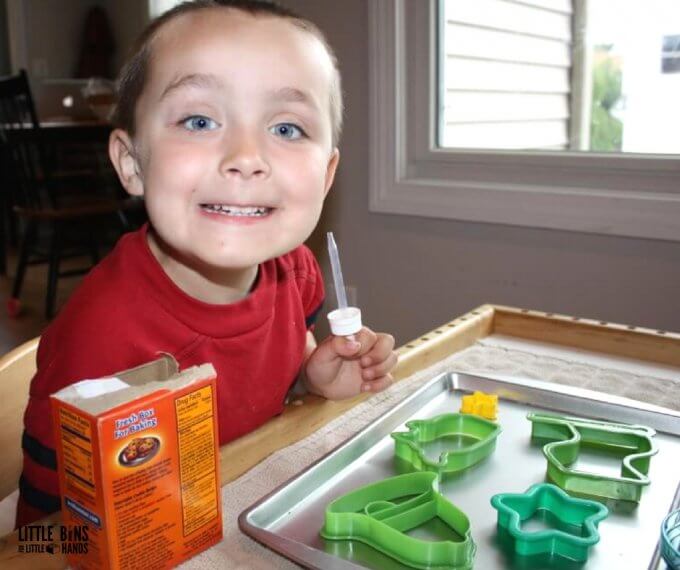
You can easily try this experiment at home or in a classroom, making it easy to do with kids. Every season and holiday can be enjoyed with this simple chemistry experiment.
You will need:
- Baking soda (sodium bicarbonate)
- Vinegar (white vinegar or apple cider vinegar)
- A container or a bowl (plastic bottle works too)
- Measuring cups and spoons
- A funnel (optional but helpful)
- Food coloring (optional but fun for different colors)
- Safety goggles (to protect the eyes)
- A cookie tray or baking sheet (with raised edges to catch any spills)
- Paper towels (for cleanup)
Note: The measurements do not need to be precise, so let your kids have fun measuring!
Instructions:
Step 1: Set up a safe and clean work area. Place a tray on the table to catch any spills.
Step 2: Place a container or bowl on the tray.
Step 3: Measure one tablespoon of baking soda and pour it into the container.
Tip: If you add a squirt of dish soap (optional) to the baking soda, your eruption will be bubblier!
Step 4: Measure one-fourth cup of vinegar and slowly pour it into the container. You can use a funnel to make pouring easier. TIP: Add food coloring to the vinegar first if desired.
Step 5: Observe the reaction between the baking soda and vinegar. You will see fizzing and bubbling from the formed carbon dioxide gas. It might resemble a mini volcano!
Step 6: Discuss the observations with your child. Talk about the gas being produced, the change in appearance, and the formation of bubbles.
Extend the Learning
Here’s what you can learn from this quick and simple baking soda and vinegar experiment or any other variations listed below!
- Chemical Reactions: This experiment introduces kids to chemical reactions and shows them how different substances can interact and create new substances. Here that is a gas!
- Acid-Base Reaction: Kids can learn about acids and bases and how they react when combined.
- Gas Production: The formation of carbon dioxide gas during the reaction helps kids understand that gases occupy space and can exert pressure. Try different containers and compare the pressure exerted such as a water bottle vs a mason jar.
- Observation and Prediction: Encourage kids to observe, ask questions, and make predictions before experimenting. This promotes critical thinking and the scientific method.
Read more about the Scientific Method for Kids here!
Baking Soda and Vinegar Science Fair Project
Set this up as a Baking Soda and Vinegar Science Fair Project! Learn more about Science Fair Projects here and grab the free pack.
- Try using different baking soda and vinegar ratios to see how they affect the reaction.
- Add food coloring to the vinegar to create a colorful eruption.
- Test other household substances, such as lemon juice (below), orange juice, or cranberry juice, to compare their reaction with baking soda.
- Add dish soap and compare the eruptions.
- Try using containers with different size openings to observe the pressure the gas exerts, causing the eruption.
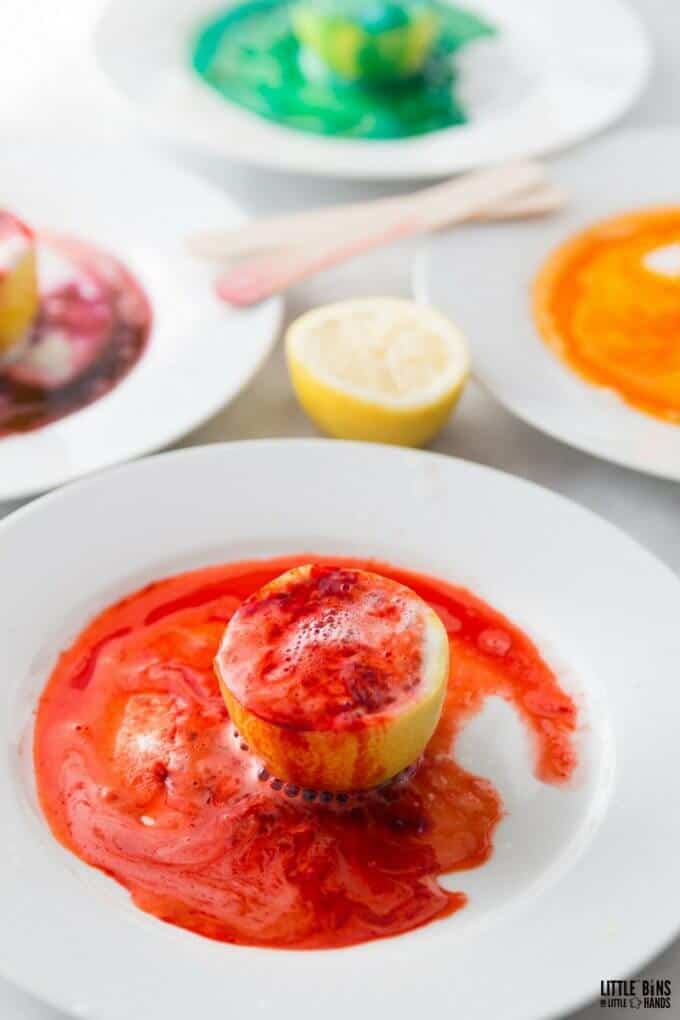
Free Printable Fizzy Reactions Guide
If you love mixing baking soda and vinegar, look through the experiments below and grab the free printable baking soda and vinegar fizzy reactions guide!
Baking Soda and Vinegar Science Experiments
Take a look at how we give this classic science experiment a twist with the activities below. These are our favorite ways to explore a fizzing reaction. Use this safe experiment as an easy way to introduce a chemical reaction to younger kids.
See our list of preschool science experiments and elementary science experiments.
All you need are a few simple ingredients you may already have in your kitchen! Baking soda, vinegar, and a little food coloring will keep your kids busy for quite a while. We have also included a few other ingredients that react with baking soda to make it fizz. Find unique ways to enjoy this fun experiment any day of the year!
Apple Volcano
Grab an apple that’s ready to be composted and try this fall theme baking soda and vinegar activity!
Baking Soda and Cranberry Juice
What happens when you add cranberry juice to baking soda? Fizzing cranberries! What about lemon juice or lime juice like this Lemon Volcano? Find out with these citric acid experiments.
Baking Soda Fizzy Paint
Try fizzy painting! Make your own cool fizzy art with baking soda and vinegar paint for a fun and easy art meets science activity. Try this fizzy heart!
Baking Soda Moon Rocks
Here we made our own DIY moon rocks for a cool space theme activity for kids.
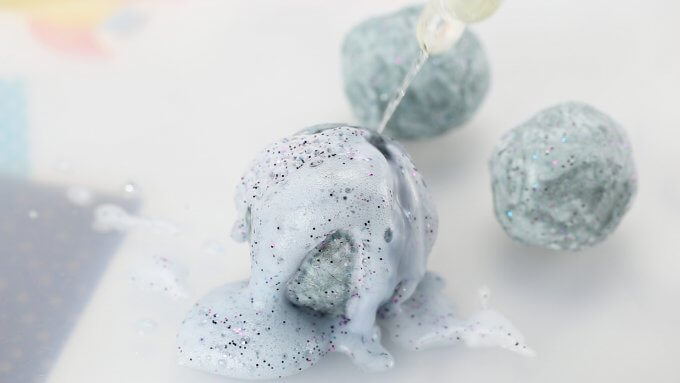
Balloon Experiment
Can you blow up a balloon using only baking soda and vinegar?
Baking Soda Bottle Rocket
Combine physics and chemistry with this unique baking soda and vinegar science experiment! Kids will love blasting off a bottle rocket.
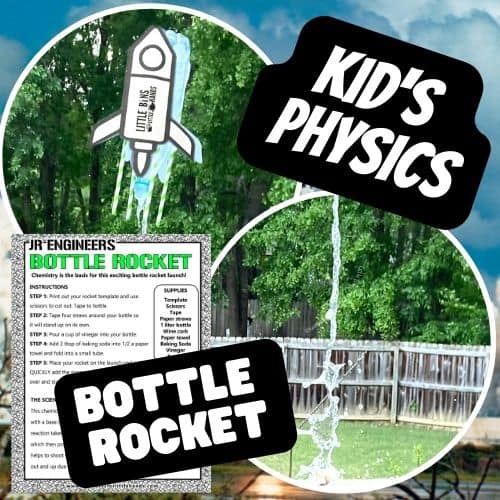
Bubbling Slime
This is by far one of the coolest slime recipes we have to date because it combines two things we love: slime making and baking soda and vinegar reactions.
Classic Baking Soda Volcano
Vinegar volcanoes are always a hit, and you can make them in several ways. We are using the classic baking soda volcano to test our science skills! Learn how to make a batch of salt dough and craft a volcano fit for this science experiment.
Cookie Cutter Baking Soda Experiments
Grab your cookie cutters for a fun and easy baking soda project. Try different themes with your holiday cookie cutters. Try these fizzing snowflakes!
Dancing Corn
Dancing corn is usually a favorite baking soda and vinegar experiment around Thanksgiving for us! The alternative to this type of science project is done with a carbonated liquid, such as this dancing raisins science experiment.
Dinosaur Volcano
What’s more fun than combining dinosaur play and a baking soda and vinegar reaction! This dinosaur volcano activity provides an opportunity for younger kids to learn about dinosaurs, volcanoes, and the natural world in a hands-on way.
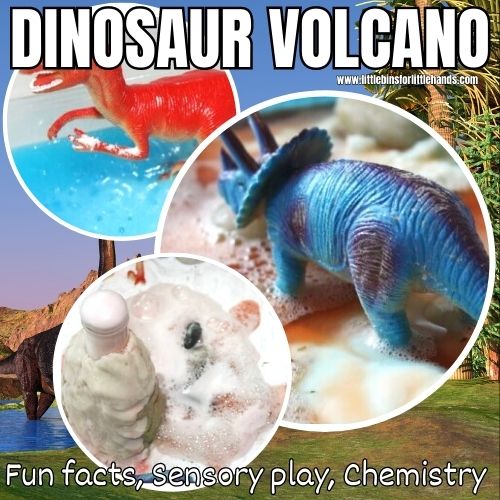
Fizzing Dinosaur Eggs
The coolest dinosaur activity EVER!! A fun variation on a baking soda and vinegar reaction where kids can hatch out their own dinosaurs.
Fizzing Sidewalk Paint
This is an awesome way to take science outside and turn it into STEAM! Get outdoors, paint pictures, and enjoy a kid-favorite fizzing chemical reaction.
LEGO Volcano
Build your own volcano with basic LEGO bricks and watch it erupt over and over again.
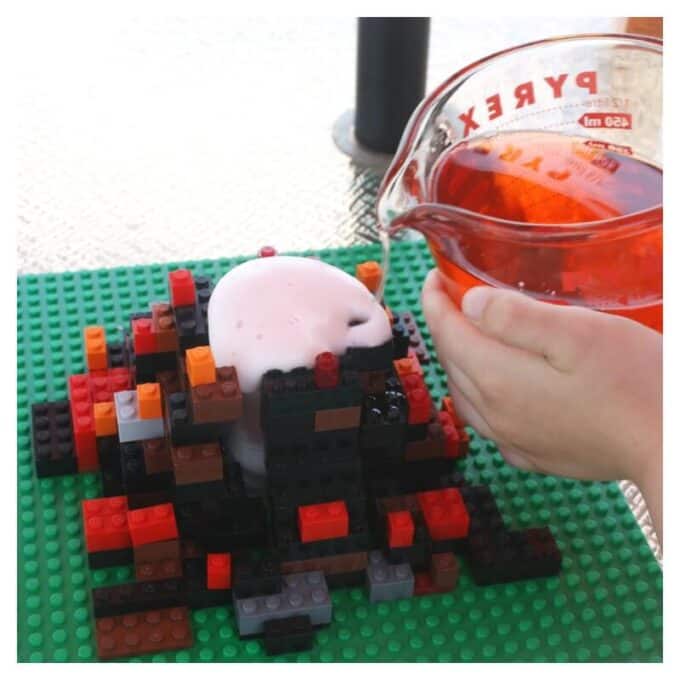
Popping Bags
Another unique way to try a baking soda experiment outside! How to make an exploding plastic bag.
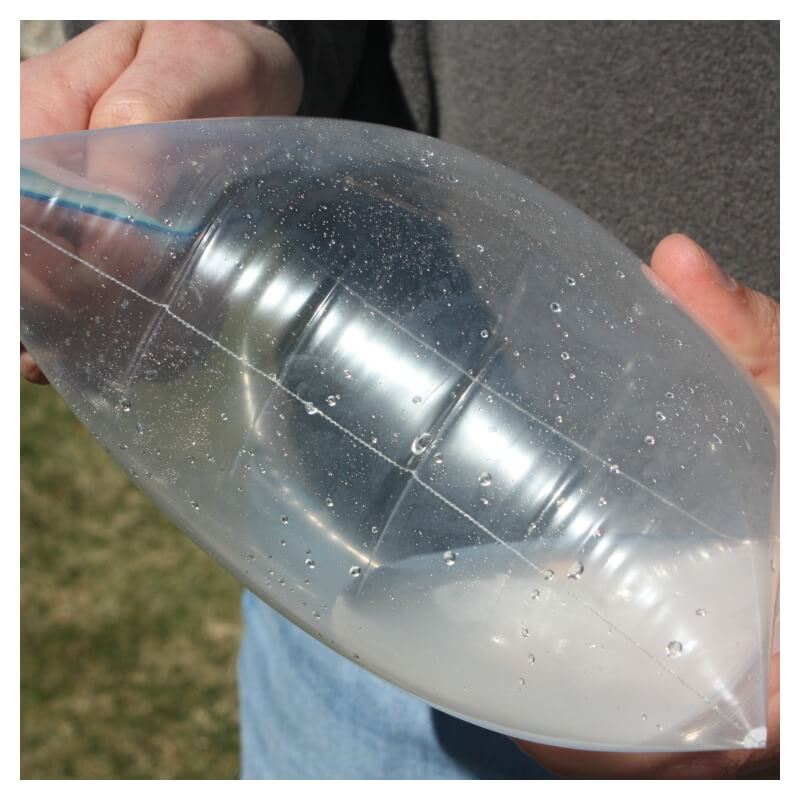
Sandbox Eruption
Take your baking soda project outdoors and build a baking soda and vinegar bottle rocket in your sandbox.
Snow Volcano
This makes for a great winter science experiment! Take the baking soda and vinegar fun outdoors and create your very own erupting snow-cano!
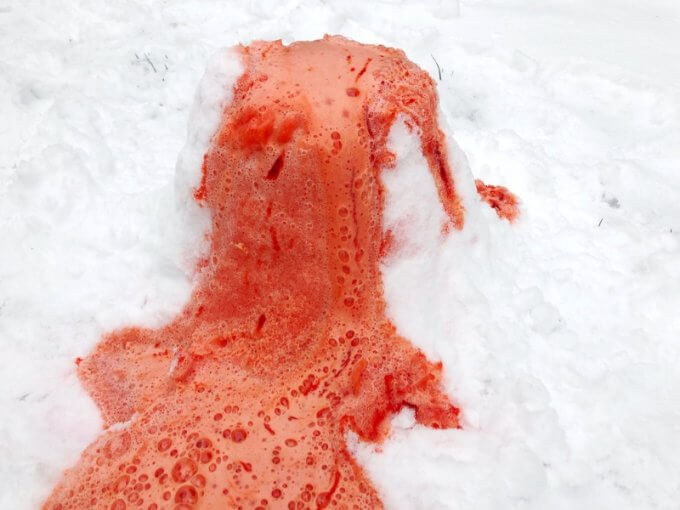
Watermelon-Cano
We love to make anything erupt… Also check out our apple volcano, pumpkin volcano and even a puking pumpkin.
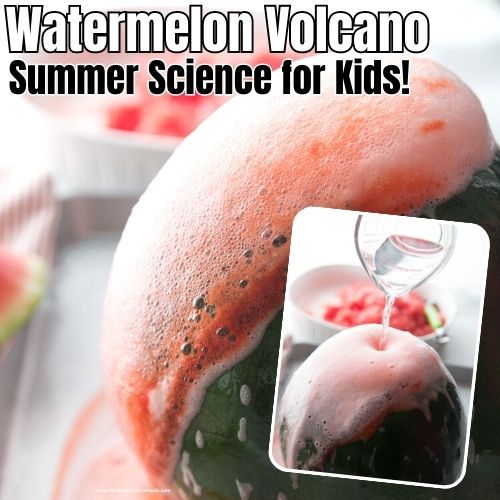
More Helpful Science Resources
Look for fantastic free printables throughout these articles!
SCIENCE VOCABULARY
It is never too early to introduce some fantastic science words to kids. Get them started with a printable science vocabulary word list. You will want to incorporate these simple science terms into your next science lesson!
WHAT IS A SCIENTIST
Think like a scientist! Act like a scientist! Scientists like you and me are also curious about the world around them. Learn about the different types of scientists and what they do to increase their understanding of their specific areas of interest. Read What Is A Scientist
SCIENCE BOOKS FOR KIDS
Sometimes the best way to introduce science concepts is through a colorfully illustrated book with characters your kids can relate to! Check out this fantastic list of science books that are teacher approved and get ready to spark curiosity and exploration!
SCIENCE PRACTICES
A new approach to teaching science is called the Best Science Practices. These eight science and engineering practices are less structured and allow for a more free**-**flowing approach to problem-solving and finding answers to questions. These skills are critical to developing future engineers, inventors, and scientists!
Printable Science Projects For Kids
If you’re looking to grab all of our printable science projects in one convenient place plus exclusive worksheets and bonuses like a STEAM Project pack, our Science Project Pack is what you need! Over 300+ Pages!
- 90+ classic science activities with journal pages, supply lists, set up and process, and science information. NEW! Activity-specific observation pages!
- Best science practices posters and our original science method process folders for extra alternatives!
- Be a Collector activities pack introduces kids to the world of making collections through the eyes of a scientist. What will they collect first?
- Know the Words Science vocabulary pack includes flashcards, crosswords, and word searches that illuminate keywords in the experiments!
- My science journal writing prompts explore what it means to be a scientist!!
- Bonus STEAM Project Pack: Art meets science with doable projects!
- Bonus Quick Grab Packs for Biology, Earth Science, Chemistry, and Physics


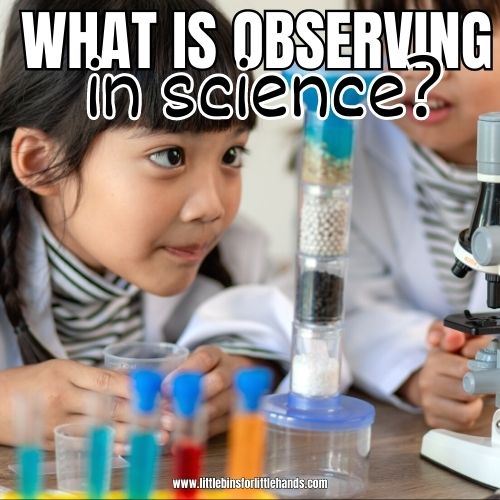
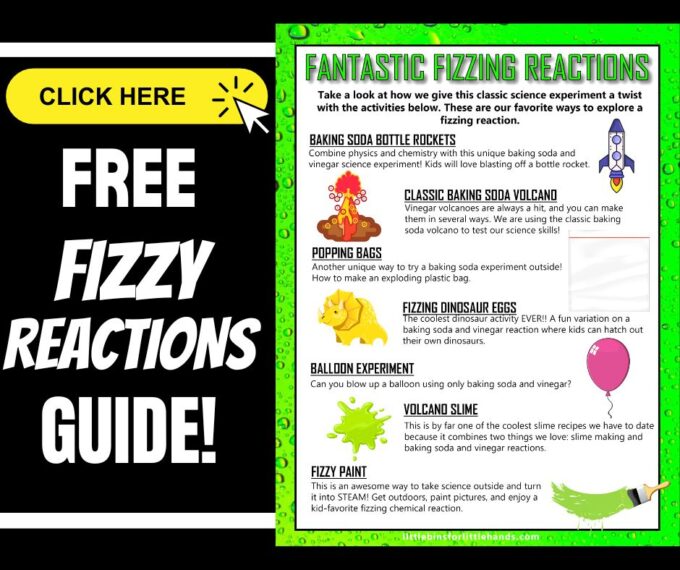
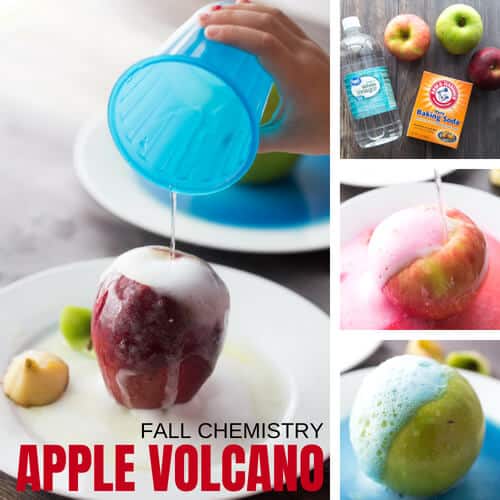
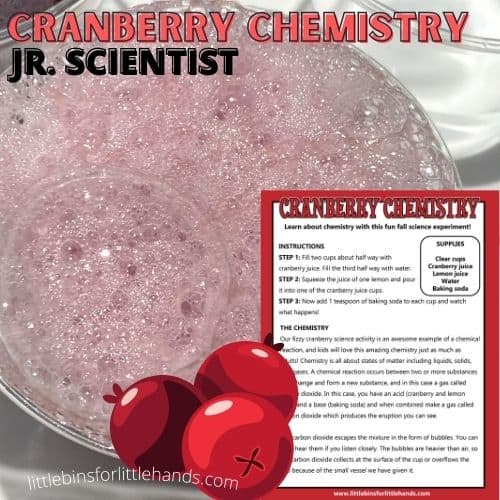
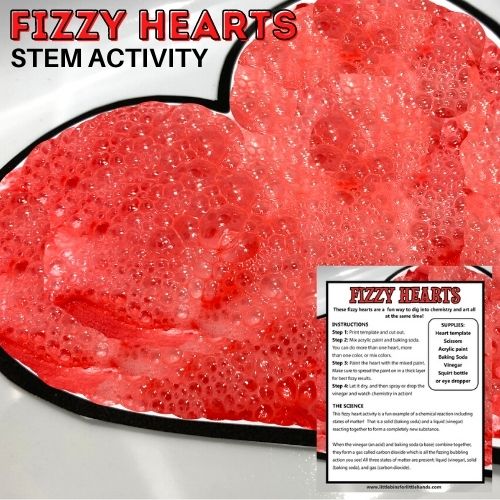
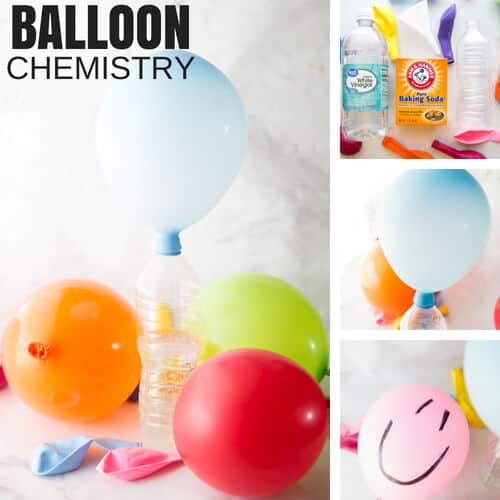
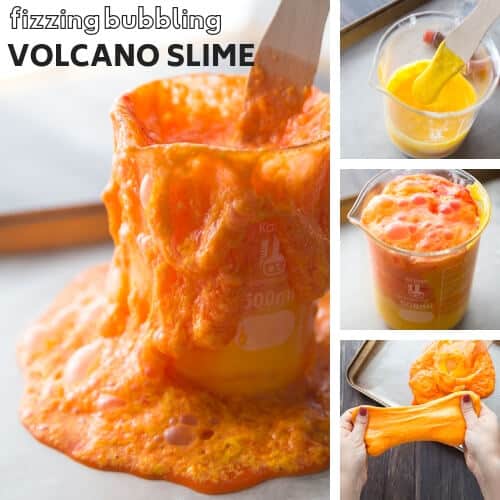
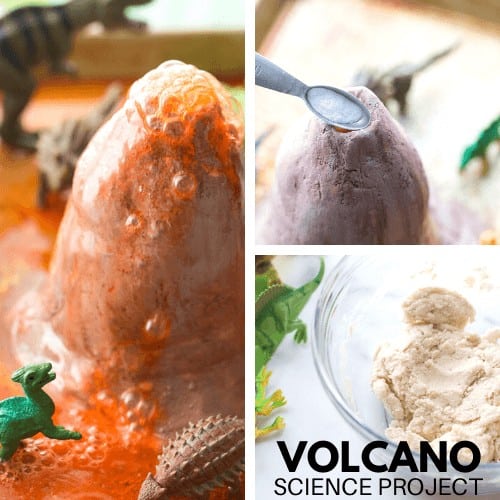
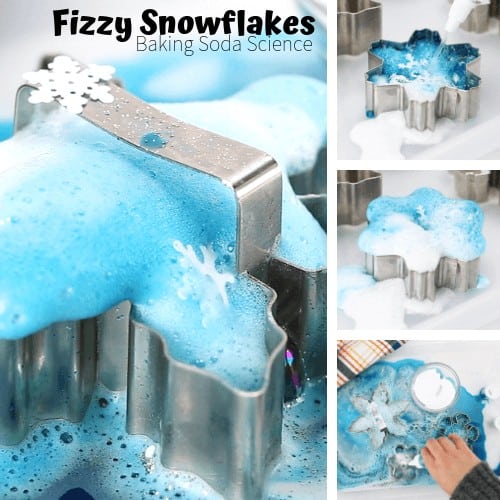
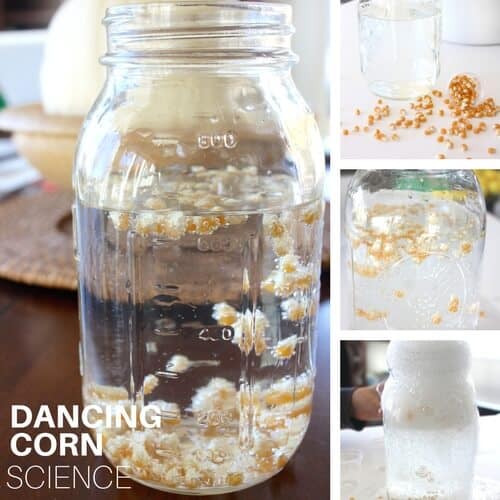
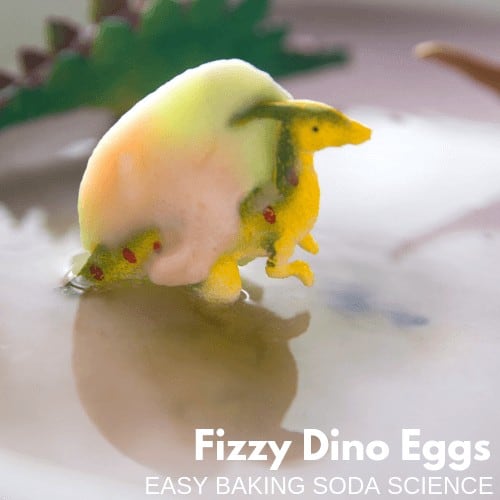
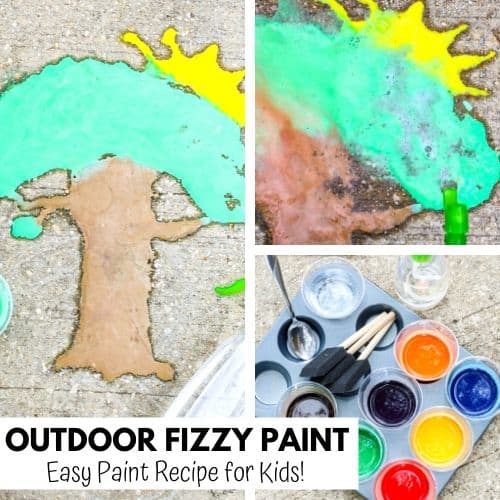








I am a regular visitor of your website. Thanks for the great article. By following this article I created youtube video of my son showing step by step tutorial of Magic Balloon Science Experiment for Kids using Baking Soda and Vinegar – https://www.youtube.com/watch?v=Pl_OMitc150